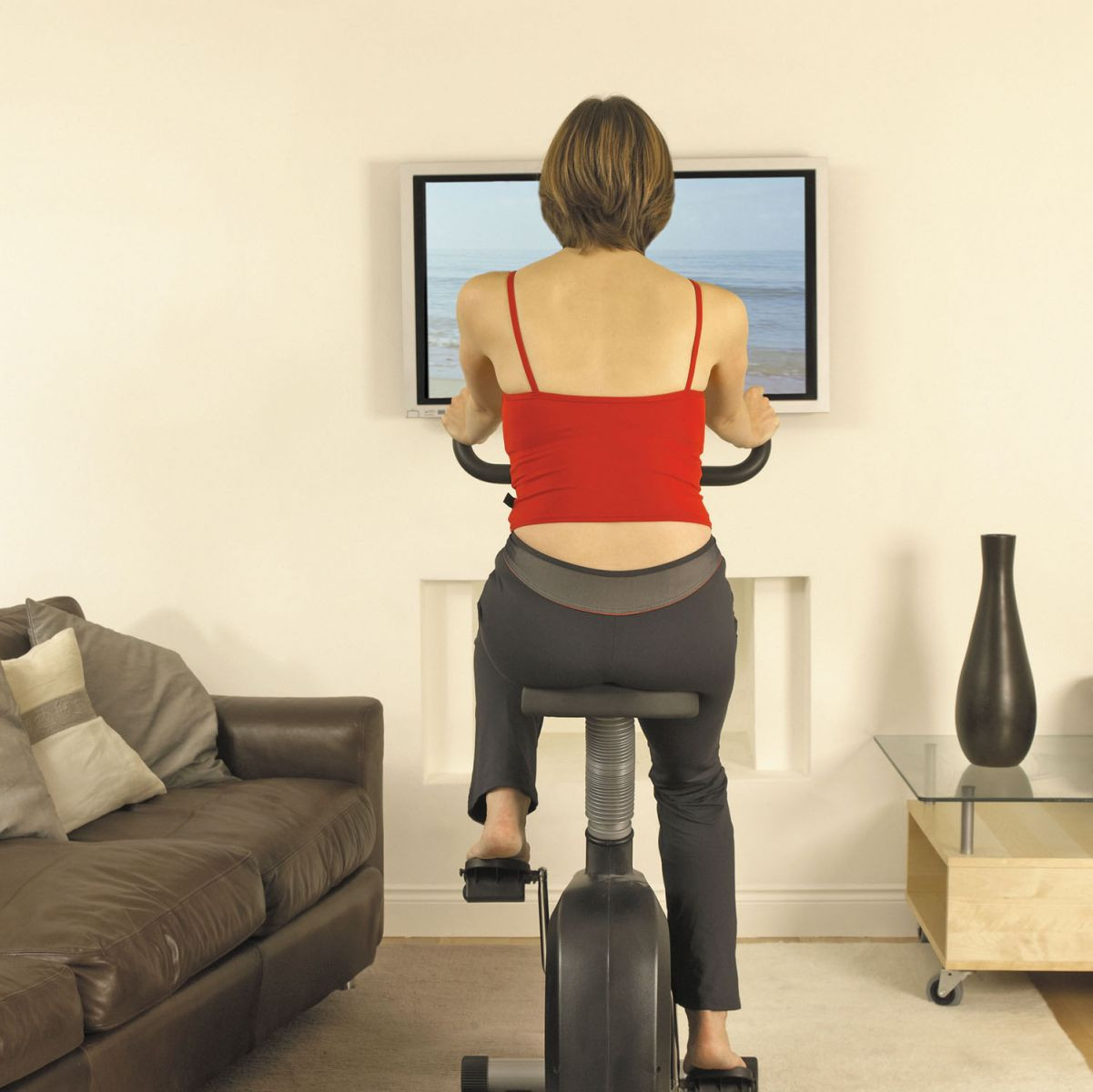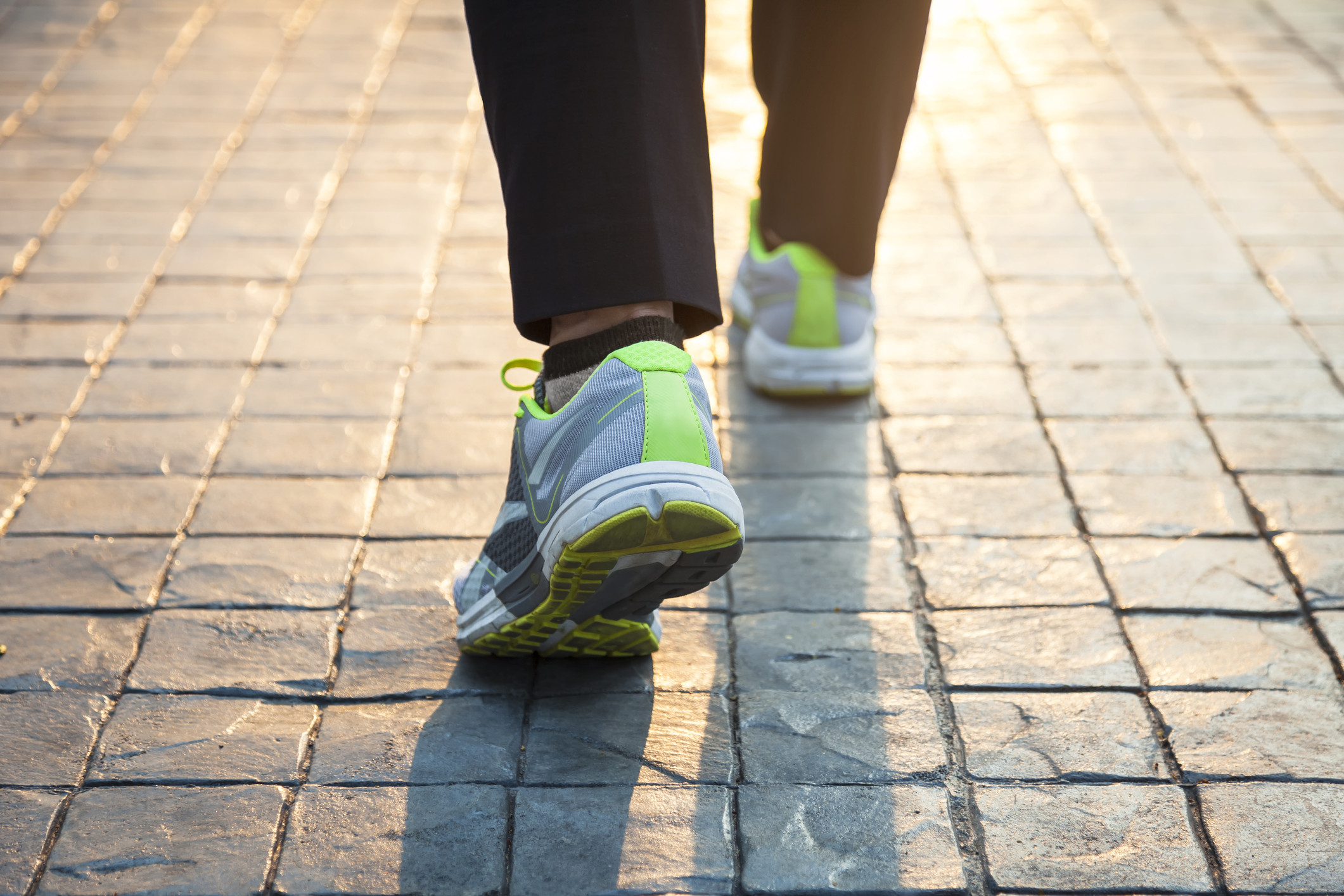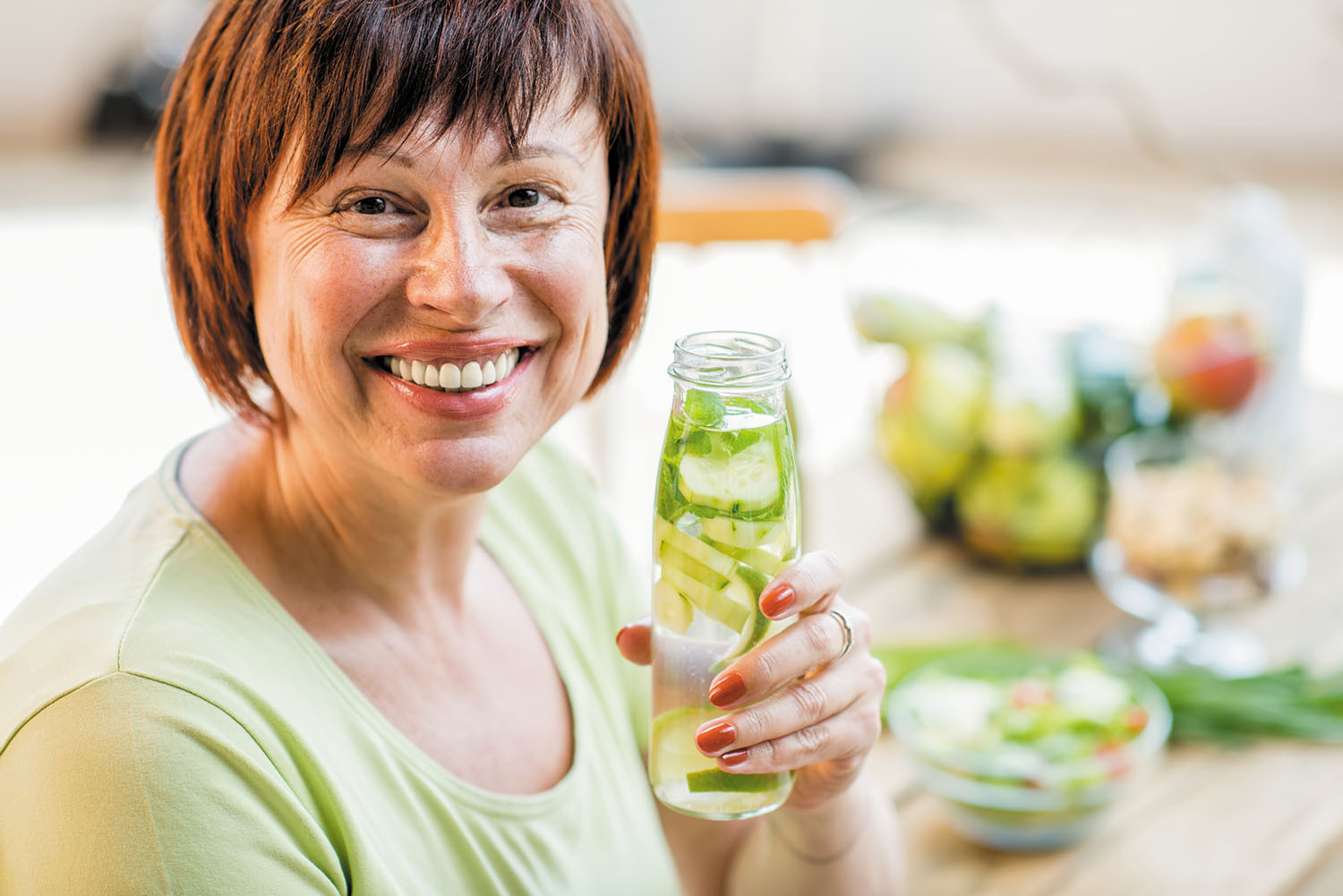
5 timeless habits for better health

What are the symptoms of prostate cancer?

Is your breakfast cereal healthy?

When pain signals an emergency: Symptoms you should never ignore

Does exercise give you energy?

Acupuncture for pain relief: How it works and what to expect

How to avoid jet lag: Tips for staying alert when you travel

Biofeedback therapy: How it works and how it can help relieve pain

Best vitamins and minerals for energy

Should you take probiotics with antibiotics?
Heart Health Archive
Articles
The trouble with watching too much TV
Research we're watching
Sitting is sometimes called "the new smoking" because of its detrimental effects on heart health. But some types of sitting may be worse than others, according to a study in the July 2 Journal of the American Heart Association.
Researchers interviewed 3,592 African American adults about their daily activities and followed them for roughly eight years. About one-third watched fewer than two hours of TV a day. Another third watched two to four hours daily, while the remaining third watched more than four hours. People in the latter group had a 49% higher risk of heart attack, stroke, and death than those in the first group. However, there was no difference in heart-related events between people who spent most or all of their day sitting at work and those who rarely or ever sat at work.
Taking supplements for your heart? Save your money
Research we're watching
Yet another study has found that most vitamin, mineral, and other nutritional supplements provide no protection against heart disease.
The new analysis, published July 8 in Annals of Internal Medicine, reviewed data from hundreds of clinical trials that pitted 16 different vitamins or other supplements against placebos. Most of them — including vitamin A, vitamin B6, vitamin D, multivitamins, calcium, iron, and selenium — showed no association with a higher or lower risk of heart disease or death.
Blood pressure: The second number matters, too
Research we're watching
Although people tend to focus more on the first number in a blood pressure reading, the second number is also important for predicting heart disease risk. That's according to a study based on 36 million blood pressure readings from more than 1.3 million adults, published in the July 18 New England Journal of Medicine.
Systolic pressure (the first number in a blood pressure reading) measures the force with which the heart pumps blood into the arteries. Diastolic pressure (the second, lower number) reflects the pressure in the arteries when the heart rests between beats. Over eight years, more than 44,000 people in the study had a heart attack or stroke. The risk of those events rose among people with systolic readings of 130 and higher, but also in those with diastolic readings of 80 and higher. The findings are a reminder to pay attention to both numbers in your blood pressure reading, and that for most otherwise healthy people, lower blood pressure is better.
Intensive blood sugar control doesn’t have lasting cardiovascular benefits for those with diabetes
A recent 15-year follow-up to the Veterans Affairs Diabetes Trial found that short-term intensive blood sugar control did not lead to significant reduction of risk of cardiovascular events in the long term.
Leg pain when you walk? Don’t ignore it
Leg pain when walking that eases with rest may be a sign of peripheral artery disease, which raises risk for other cardiovascular problems. Lifestyle changes — keep walking! — and treatment help.
Harnessing the power of high-intensity interval training
Adding short bursts of ramped-up exercise to your workout may be good for your waistline as well as your heart health.
For decades, competitive athletes have added brief bouts of strenuous exercise to their workouts to boost their performance. Known as interval training, this practice is now moving into the mainstream, bolstered by emerging evidence of its health benefits for all sorts of people, including those with heart disease.
"There's a growing consensus that interval training helps people lose weight and may have cardiovascular benefits," says cardiologist Dr. Stephen Wiviott, associate professor of medicine at Harvard Medical School. Also known as high-intensity interval training (HIIT), these workouts alternate between periods of high-intensity and lower-intensity activity. You can do intervals during any type of exercise — walking, running, cycling, swimming, or even while doing calisthenics, such as jumping jacks, push-ups, or squats. A longtime distance runner, Dr. Wiviott started doing HIIT workouts at his local CrossFit gym about a year ago. "Even though I was exercising for shorter periods of time, I lost body fat and felt better," he says. His positive experience spurred him to explore the evidence supporting HIIT.
Different types of heart murmurs
Ask the doctor
Q. My 2-year-old grandson has a heart murmur. His pediatrician says it's likely nothing serious and will probably disappear when he's older. What causes heart murmurs in children? Are they different than those found in adults?
A. A heart murmur refers to a noise heard through a stethoscope that occurs between the heart's regular beats. Often described as a whooshing sound, murmurs are caused by turbulent blood flow. They can be separated into two categories: functional (also called innocent or benign murmurs) and structural (also known as pathologic murmurs).
When very high cholesterol runs in the family
Ongoing efforts seek to better identify and treat familial hypercholesterolemia, a leading cause of early heart attacks.
Some 35 million Americans have cholesterol values that put them at high risk for heart disease. The vast majority likely have dozens of different genetic mutations, each of which raises cholesterol by a little bit. Coupled with an unhealthy diet and not enough exercise, cholesterol creeps up slowly over time in these people.
But a small minority — about one of every 250 adults — have a genetic condition called familial hypercholesterolemia (FH). Most have a mutation in one of three key genes that provide instructions that help remove excess "bad" LDL cholesterol from the bloodstream. When one of these genes doesn't operate properly, LDL cholesterol levels can skyrocket as high as 350 milligrams per deciliter (mg/dL) — more than three times higher than the desirable level of less than 100 mg/dL. Their total cholesterol levels (which includes LDL cholesterol plus other lipids) may reach 500 mg/dL or higher.
The best beverages for your heart
Sweet drinks go down easy, but they may be hard on your heart. Aside from plain water, the healthiest choices are unsweetened tea, coffee, and flavored waters.
When you want to quench your thirst with something a little more exciting than plain old water, there are a dizzying array of choices these days. However, many of the beverages in supermarkets and convenience store aisles are loaded with added sugar. Even many of those that sound healthy (such as 100% fruit juice and vitamin-enhanced water) contain as much sugar as regular sodas.
Yes, the sugar in fruit juice is naturally occurring, as opposed to the processed sugar (usually high-fructose corn syrup) found in many carbonated and noncarbonated drinks such as sodas, vitamin water, and the like. But people should still be mindful about consuming too much fruit juice, says Vasanti Malik, a nutrition researcher at the Harvard T.H. Chan School of Public Health.

5 timeless habits for better health

What are the symptoms of prostate cancer?

Is your breakfast cereal healthy?

When pain signals an emergency: Symptoms you should never ignore

Does exercise give you energy?

Acupuncture for pain relief: How it works and what to expect

How to avoid jet lag: Tips for staying alert when you travel

Biofeedback therapy: How it works and how it can help relieve pain

Best vitamins and minerals for energy

Should you take probiotics with antibiotics?
Free Healthbeat Signup
Get the latest in health news delivered to your inbox!
Sign Up











